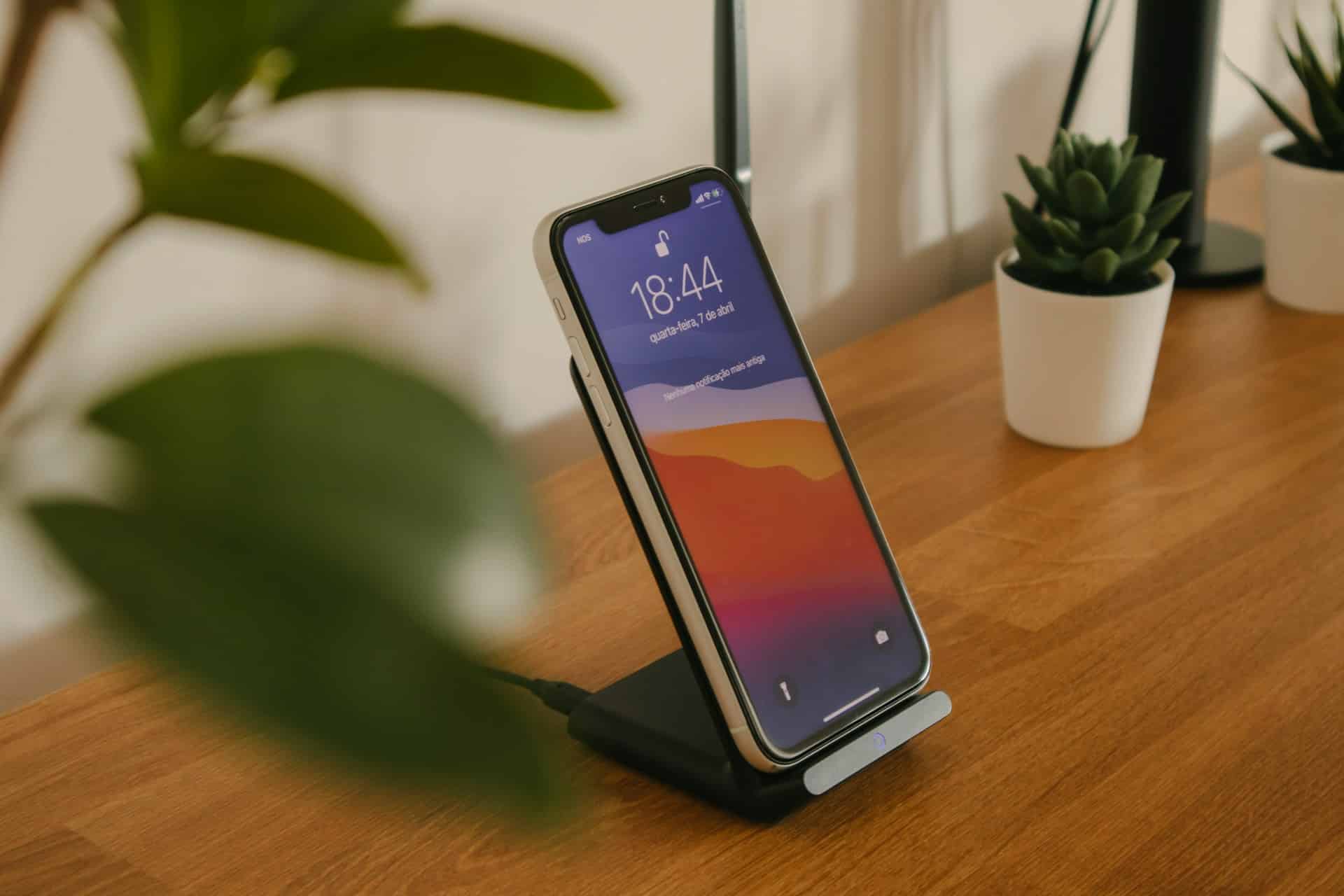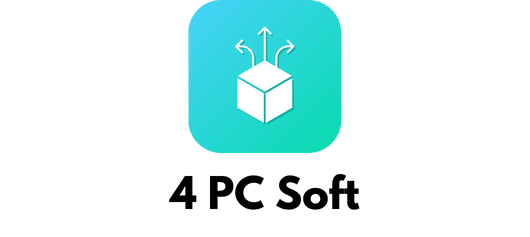
How to Maximize Your iPhone's Battery Life with iOS 16's Optimized Charging?
Is your iPhone battery not lasting as long as you want it to? Are you constantly searching for your charging cable or an available power outlet? Your day can be easily disrupted when your iPhone's battery doesn't last the whole day. But, there's good news. With iOS 16, Apple has introduced a wonderful battery-saving feature called Optimized Battery Charging. This feature is designed to slow the rate of battery aging by reducing the time your iPhone spends fully charged. Let's take a closer look at how you can maximize your iPhone's battery life using this feature and other settings available in your device.
Understand Your iPhone's Battery Health
First and foremost, to maximize the battery life of your iPhone, it's important to understand the state of your battery's health. The Battery Health feature was introduced by Apple in iOS 11.3, and it has been continuously improved in subsequent updates. In iOS 16, this feature is more comprehensive and gives users a clear idea of their device's battery performance.
A lire en complément : What Are the Steps to Secure Your Android Smartphone from Malware Attacks?
To access this feature, open the Settings app on your iPhone, scroll down and tap on Battery, then tap on Battery Health. Here, you will see the Maximum Capacity of your battery, which shows you the battery's capacity relative to when it was new. A lower percentage indicates a somewhat diminished battery capacity. Underneath, you will see the Peak Performance Capability. If your iPhone is working normally, you'll see a message that your battery is currently supporting normal peak performance.
Reduce Background Activity and Limit Push Notifications
Apps running in the background and constant push notifications can be major culprits draining your iPhone's battery. By managing these effectively, you can significantly increase the longevity of your iPhone's battery life.
A lire également : Can You Improve Your Laptop's Performance with External GPUs?
To control the apps that refresh in the background, go to Settings, then General, and tap on Background App Refresh. Here, you can turn off the background activity for apps that you don't need to update unless you're actively using them.
Push notifications, while useful, can consume power with the audio alerts, vibrations, and light-up screen. To manage these, go to Settings, then Notifications, and select the apps that you want to receive notifications from.
Optimize Your Screen Settings
The display is another significant consumer of battery life on your iPhone. There are several ways to adjust your screen settings to conserve battery life.
First, you can adjust your screen's brightness. Go to Settings, then Display & Brightness, and adjust the slider to lower the brightness. Alternatively, you can enable Auto-Brightness, which automatically adjusts the brightness based on current lighting conditions.
Another option to save battery life is to reduce the Auto-Lock time. This setting determines how long your screen stays on when you're not using your device. To do this, go to Settings, then Display & Brightness, then Auto-Lock, and set the time to a lower value.
Enable iOS 16's Optimized Battery Charging
Optimized Battery Charging is a feature introduced in iOS 13 and improved in iOS 16. When activated, this feature learns from your daily charging patterns to slow down battery aging. It does this by delaying charging past 80% until you need to use your iPhone.
To enable this feature, go to Settings, then Battery, then Battery Health, and turn on Optimized Battery Charging. Once activated, the feature will start learning your daily charging routine. For example, if you typically charge your iPhone overnight, it will pause the charge at 80% and finish charging just before your alarm goes off in the morning.
Use Low Power Mode
Low Power Mode is a battery life-saving feature that automatically kicks in when your battery goes down to 20% and again at 10%. It reduces power consumption by turning off certain features and cutting back on device performance.
To manually enable Low Power Mode at any time, go to Settings, then Battery, and toggle on Low Power Mode. While in Low Power Mode, email fetch, background app refresh, automatic downloads, and some visual effects are reduced or turned off.
The beauty of the iOS 16 improves your iPhone's battery life not just with the Optimized Battery Charging feature, but also with an array of settings that can be adjusted to your preference. Remember, every little bit of power saved counts, and by following these tips, you can maximize your iPhone's battery life, ensuring that your device is always available when you need it most.
Manage Location Services and Dynamic Wallpapers
Your iPhone's Location Services can be quite handy, allowing apps like Maps to provide you with accurate directions and Weather to deliver precise forecasts. However, constant use of these services can significantly impact your battery life.
To manage these services, go to Settings, then Privacy, and then Location Services. Here, you can control which apps have access to your location. It's recommended to set most apps, apart from necessities like Maps and Weather, to "While Using". This means these apps will only use your location while you are actively using them, which helps to conserve battery life.
Dynamic wallpapers or lock screen animations are attractive visual features that can unfortunately drain your battery faster. Instead of lively dynamic wallpapers, consider using still wallpapers. To do this, go to Settings, then Wallpaper, then Choose a New Wallpaper, and select Stills.
Adjust Your iPhone Pro Settings
If you're an iPhone Pro user, there are a few more settings you can adjust to save battery life.
Firstly, you can control the refresh rate of your screen. By default, iPhone Pro models have a 120Hz refresh rate, which offers a smoother and more responsive on-screen experience. However, this also uses more battery. To manually reduce the refresh rate, go to Settings, then Accessibility, then Motion, and turn on Limit Frame Rate.
Secondly, remember to manage your 5G usage. While 5G provides quicker download and upload speeds, it also consumes more battery life. Go to Settings, then Cellular, then Cellular Data Options, then Data Mode, and select LTE to save power when 5G speeds aren't necessary.
Conclusion
Maintaining your iPhone's battery health and longevity requires a combination of using built-in features like Optimized Battery Charging and making mindful adjustments to your settings. By managing the Background App Refresh, push notifications, screen brightness, Auto-Lock time, Location Services, and other settings, you can significantly extend your device's battery life. For iPhone Pro users, further adjustments can be made to the refresh rate and 5G usage.
iOS 16 has put battery health and longevity at the forefront, providing users with more control over their device's power consumption. It is all about understanding the impact of different features and settings on your battery life and making adjustments according to your usage patterns.
So, take the time to implement these changes and enjoy the benefits of a longer-lasting iPhone battery. Remember, every percentage point of battery you save will contribute to a longer battery lifespan and a better iPhone experience.
